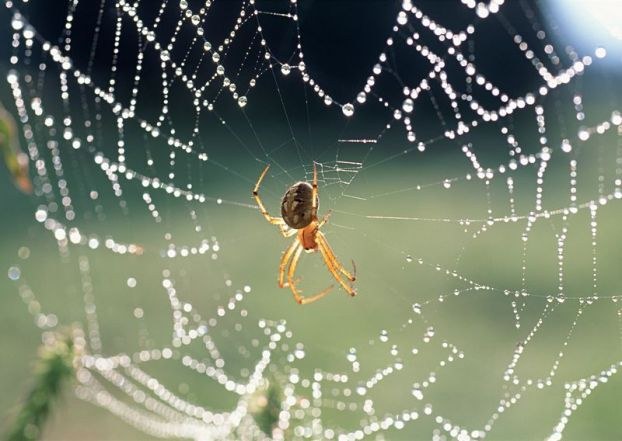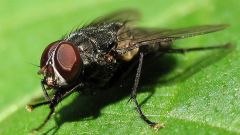Instruction
1
A thin thread of spider web is released from glands located at the rear of the abdomen of the spider. Scientists have discovered seven types of silk glands that produce different types of webs, however, one individual at a time can only be from 1 to 4 types of glands.
2
The weaving it is time-consuming. First the spider pulls back legs durable and long thread produced by a special organ. Then posts it on any stable object so that it resembled the letter Y. In nature, for example, the spider attached a thread to the branches of trees or shrubs.
3
Then the spider builds the frame, connecting threads-radii in the center of the frame. And only then imposes a spiral of sticky web, which is the main trap for unwary insects.
4
There are two types of web: planar and volumetric. The first is the most common type with the least number of threads, which makes it subtle and not too elastic. Surround the web is more confusion of threads, so it is incredibly durable, but at the same time very noticeable to insects.
5
Allocated web spider is used not only to create a more agile network, but also as a safety rope when jumping. In addition, spiders make web cocoons for eggs, and build shelter for the winter. And the ready to mate females are marked with pheromones thread, which the spider-male is easy to find your partner.
6
The secret of the strength and elasticity of the web with its incredible subtlety lies in the unique composition of the yarn. It contains large amount of amino acids alanine, which form a crystalline region, densely Packed in the folds. They provide a web of such strength. And part of the glycine makes it supple.

